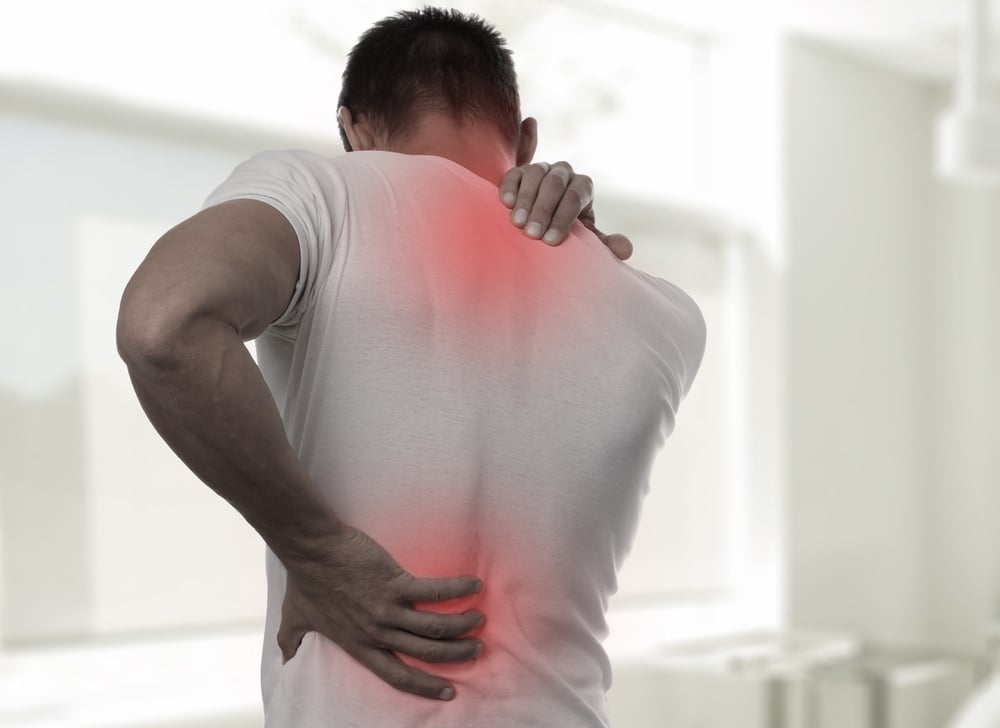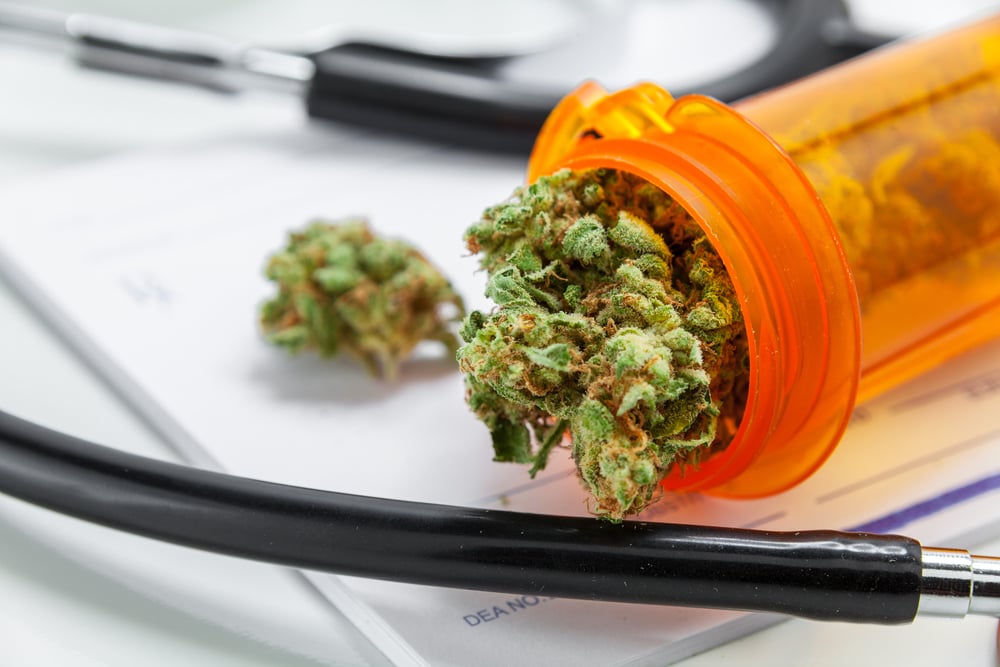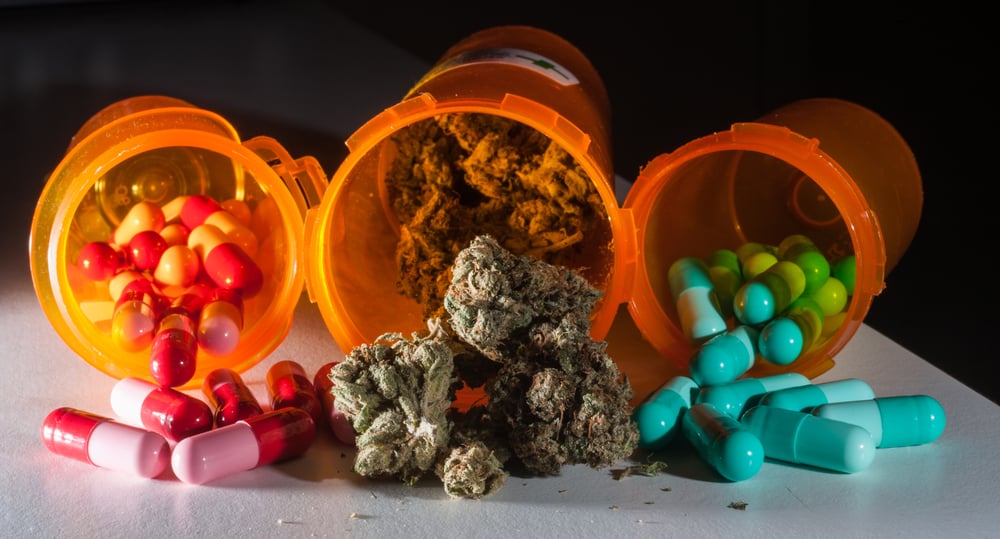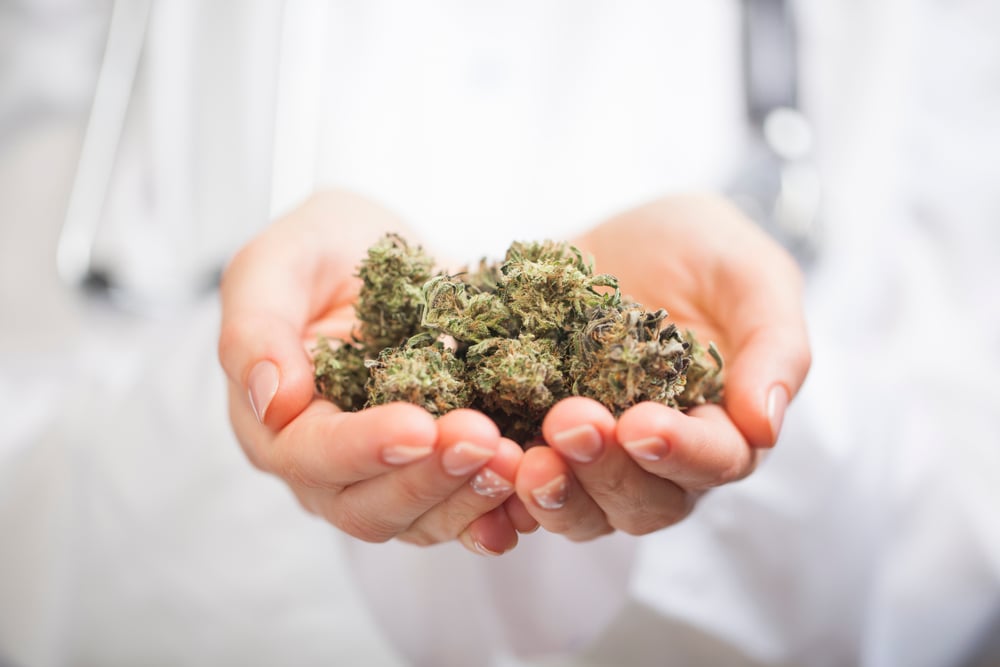Marijuana and Pain
By CLOVR Cannabis
June 8 2022
We need to start with a general note: We are not giving medical advice, just available information. Due to the prohibitions, we have all been hindered by a lack of scientific research on medical marijuana. Please contact a licensed medical marijuana physician if you’re thinking about using marijuana medically.
Marijuana has been used as medicine for centuries – no surprise to the many experienced consumers of medical marijuana. Historically, we can prove cannabis was used as medicine as far back as the fifth century, A.D.

And before cannabis was made illegal in the U.S., it was used medicinally for a while. It was part of the U.S. Pharmacopeia in 1850 and was commonly recommended and prescribed by doctors. That all changed in 1937, with the passage of the Marijuana Tax Action, which made cannabis use illegal in the U.S.
Changes for the better have arrived, and the laws are finally beginning to reflect how most Americans feel about marijuana. More and more states have legalized medical marijuana. Scientists can finally research all the uses of marijuana and which health conditions it can treat effectively.
If you are looking for an effective and natural treatment for your pain, it’s natural that you would consider medical marijuana. Many health issues can be treated with cannabis, but pain relief ranks highest.

Pain is an essential component of the human experience, an important way for your body to let you know that something is wrong. The problem with pain is that it can linger long after figuring out the message the pain sought to convey. And it can be challenging to treat. In addition, there are many kinds of pain, and not every treatment will be the right fit for your individual, specific pain. Learning how pain functions within your body can help you to understand how medical marijuana can bring you some relief from that pain.
According to the National Center for Biotechnology Information, there are generally three main ways for your body to experience pain.
Cannabis can help you manage your pain effectively, and your endocannabinoid system is the key. The endocannabinoid system was only discovered recently. It was found that it helps regulate and control many of your body’s systems. The nerves in your peripheral nervous systems, which contain many CB2 receptors, carry pain signals. When THC and CBD bind to your CB2 receptors, they block pain signals. This is helpful with somatic pain from inflammation.
THC and CBD are not the only cannabinoids that can help with pain relief. Your body also produces endocannabinoids like anandamide and 2-AG (2-Arachidonoylglycerol). These are chemicals that your injured tissues can make and help lessen the pain when your body is under stress.

There is some research to look at as we attempt to understand the relationship to pain and whether or not cannabis can actually be an effective pain killer.
2006 study reviewed the effects of increased cannabis doses of oral cannabis extracts on postoperative pain. Different doses of cannabis were given to the 14 subjects of the study. If the subjects didn’t receive adequate pain relief from their cannabis dose, they could ask for rescue pain relief. It was found that 11 of the 14 subjects requested pain relief following the 5 mg dose. When subjects were given 10 mg, 6 of the 14 asked for rescue pain relief. And when subjects were given 15 mg, only 3 of the 14 requested pain relief. (Doses stopped at 15 mg after one of the subjects experienced serious adverse effects.)
{{cta(‘aed368e2-04f2-458d-9d2a-f56d1002b4e7′,’justifycenter’)}}
Another study looked at the benefits of cannabis for advanced cancer patients experiencing chronic and severe pain. The patients received cannabis pills each day that looked identical but contained different doses of THC. It was found that the higher doses (between 15 mg – 20 mg) provided the most pain relief but also created more substantial adverse effects, like dizziness and anxiety. Cannabis has been compared to codeine, though less THC is required than codeine to get similar pain relief. Patients also reported less anxiety and adverse effects with THC than codeine.

We now have an array of evidence showing that medical marijuana can help against various pains. However, academics and professionals agree that more research is required to understand pain relief mechanisms at work within cannabis. We know that generally, higher doses of cannabis can give you more significant pain relief but could also supply greater psychoactive effects.

Your pain is unique, and your treatment should be tailored to your individual needs. There are many different ways to consume medical marijuana, and different products have varying effects on your unique physiology.
Cannabis consumed through inhalation or edibles provides a broad experience but also intense side effects, whereas topicals give localized relief of pain. You will want to talk to your marijuana caregiving doctor for specific recommendations for medical marijuana.